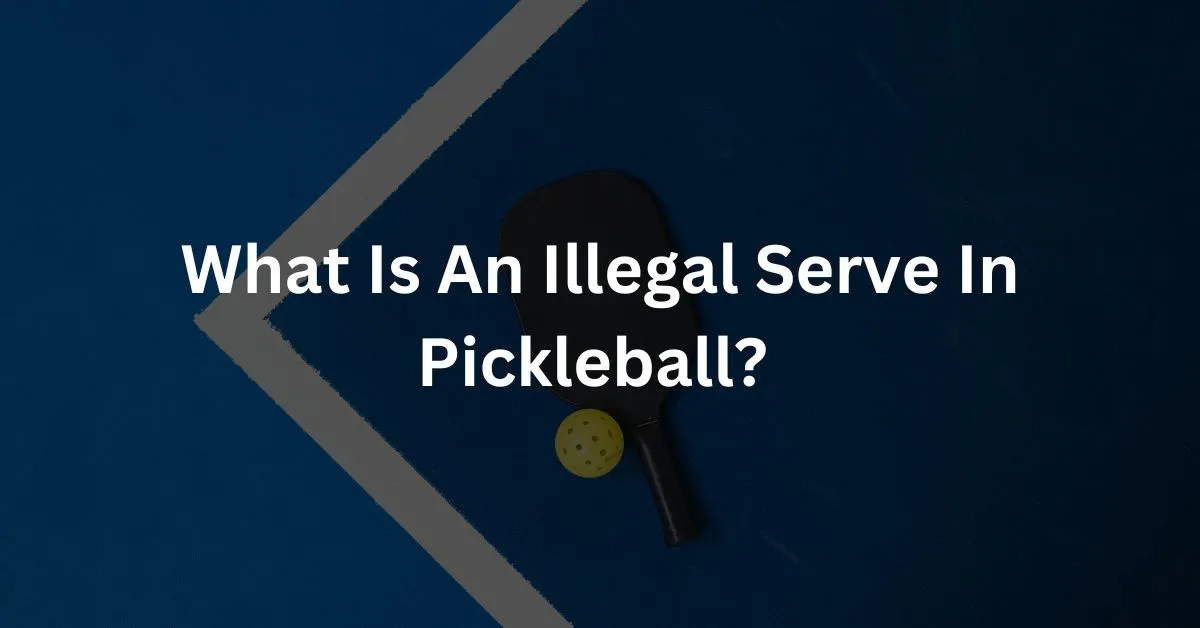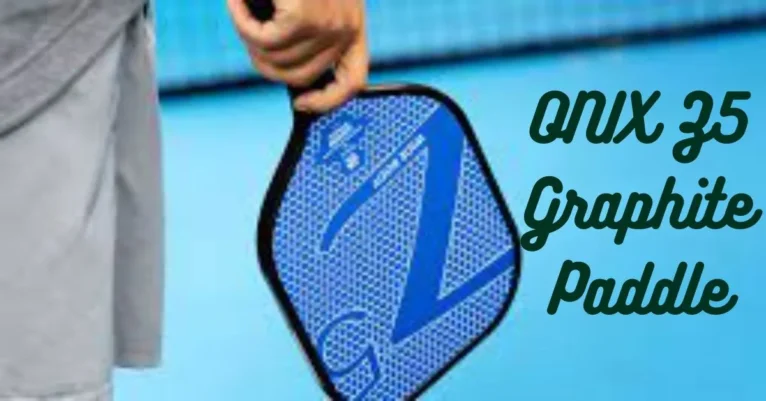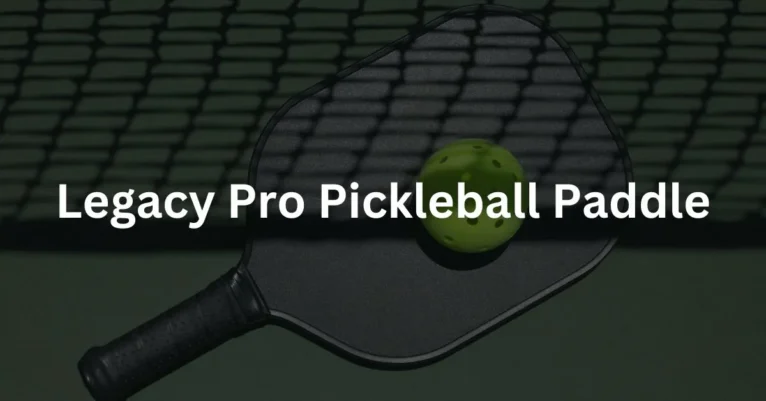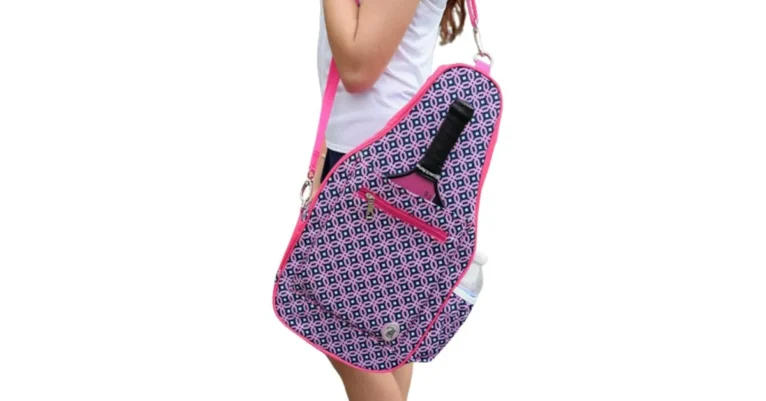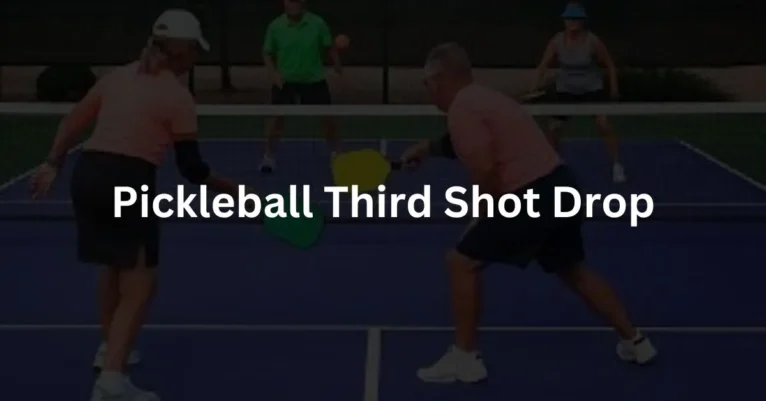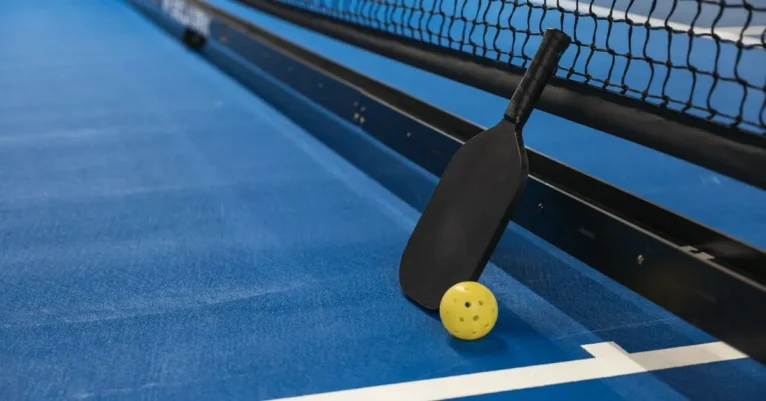What Is An Illegal Serve In Pickleball?
Pickleball, the game that’s all about good times and gentle competition, has a few rules up its sleeve. One crucial aspect that often confounds players is the serve – that magic moment when the game begins. In this article, we’ll unravel the mystery of illegal serves in pickleball. Let’s know ” What Is An Illegal Serve In Pickleball?” to ensure that you step onto the court with confidence and clarity.
Illegal Serve In Pickleball:
Illegal serve in Pickleball may include serving with foot touching the baseline, serving from the non-volley zone, ball touching the net, or serving downwards. Let’s read it in detail:
1. Serving 101:
Let’s start at the beginning – the serve. Picture yourself behind the baseline, paddle in hand, ready to send the ball sailing to the other side. But here’s the catch: the serve in pickleball must be underhand. Forget the flashy tennis serve; think more along the lines of a relaxed, casual swing.
2. The Legal Serve Angle:
An essential aspect of the serve is the angle. The ball must travel diagonally over the net to your opponent’s service court. It’s like a secret handshake between players, a courteous introduction to the game. Diagonal serves to keep the action fair and add a dash of strategy to the match.
3. The Lowdown on the Waist Height:
Now, let’s talk height. The pickleball serve must be struck below the waist. This keeps things on an even playing field and prevents towering serves that might resemble a tennis match more than a friendly pickleball rally. Keep it low, keep it friendly – that’s the pickleball way.
4. The Bounce Brevity:
Here’s another twist in the serve saga: the pickleball ball should bounce only once on your side before taking a flight to the opponent’s court. It’s a small but significant detail ensuring a fair rally start. A single bounce keeps the game flowing smoothly and adds an element of predictability.
5. The Non-Volley Zone Dilemma:
Now, let’s dive into the non-volley zone, often dubbed the “kitchen.” This is the area close to the net where volleys are off-limits. When serving, ensure both feet remain behind the baseline. Stepping into the kitchen before the serve is a recipe for an illegal start to the game.
6. The High vs. Low Infraction:
Beyond the underhand serve, there’s a specific rule about contact height. Striking the ball above your waist during the serve is a no-go. This rule keeps serves in check, preventing players from introducing a volleyball-style spike into the game. Stick to the waist-height sweet spot, and you’re serving within the bounds of pickleball law.
7. The Sideline Secrets:
Lastly, let’s touch on the sidelines. The server must stay within the confines of the serving area. A serve that sails wide, crossing the sideline, is deemed out of bounds. It’s a subtle detail, but it ensures fairness and adds a layer of precision to the serve.
The Fault Consequences:
Now, what happens if your serve ventures into the forbidden territory of illegal moves? It’s a fault. Accumulate too many faults, and you might find yourself handing points over to the opposing team. Understanding and mastering the art of a legal serve is your ticket to a smooth start and a fair game.
Catchy Tip:
After providing you with What Is An Illegal Serve In Pickleball? we provide you with tips for legal play. Think of the pickleball as a gentle handshake – underhand, waist-height, diagonal, and within bounds. It’s the secret sauce to a game filled with fun and camaraderie.
Conclusion:
Armed with the knowledge of what constitutes an illegal serve, you’re ready to hit the pickleball court with confidence. Remember, the serve sets the tone for the entire game. Keep it underhand, keep it low, and let the rally begin on a fair and friendly note. So, grab your paddle, mind the rules, and let the pickleball magic unfold – one legal serve at a time. The court awaits, as does the joy of a perfectly executed start to a delightful pickleball match.

